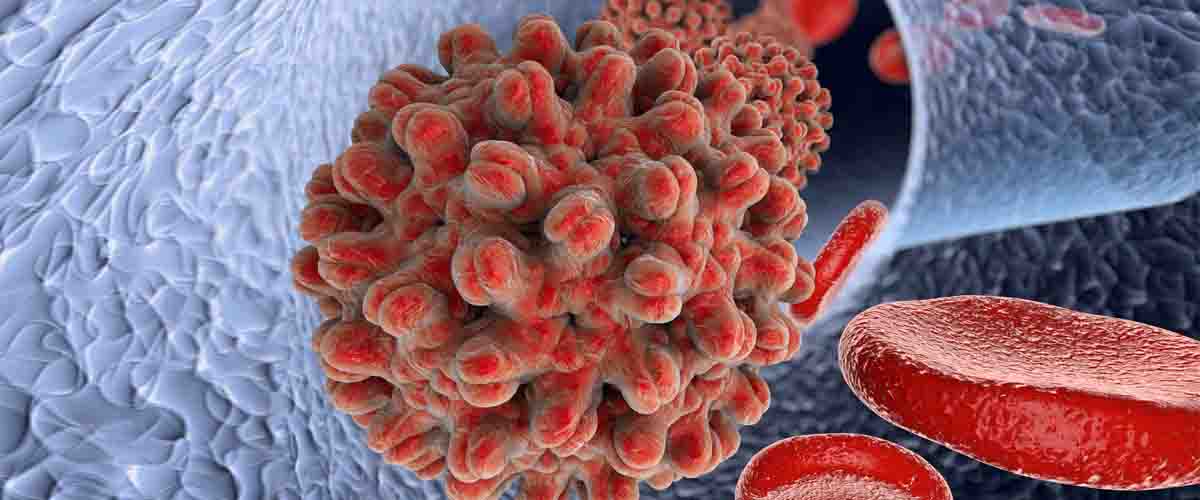Health & Medicine, UK (Commonwealth Union) – A common virus, together with an underlying genetic vulnerability is believed to have had a part in the recent outbreak of acute hepatitis in children across the globe.
Hepatitis is a general term used to describe inflammation of the liver. It can be caused by a variety of factors, including viral infections, alcohol abuse, autoimmune diseases, and exposure to certain drugs or toxins. Viral hepatitis is a common form of the disease, which is caused by several different viruses, including hepatitis A, B, C, D, and E. Hepatitis can range in severity from a mild illness with no symptoms to a life-threatening condition. Symptoms may include fatigue, fever, abdominal pain, nausea, and jaundice (yellowing of the skin and eyes).
Recent research has strongly indicated that infections having the common virus AAV2 (adeno-associated virus 2), as well as an underlying genetic vulnerability were linked to the initiation of acute hepatitis in children.
Since April last year, a number of young children across the globe have developed jaundice and acute severe hepatitis from origins not known.
While the outbreak at the present has largely gone down, the World Health Organisation has made an estimation that there are at least 1010 probable cases across 35 nations.
Most of the 270 cases within the UK were for those under 5 years old, with a large proportion that needed admissions to intensive care and 15 children needed liver transplants due to the condition.
AAV2 caused infections in up to 90% of the population. It is not known to generally lead to the disease and needs co-infection with certain viruses, like adenoviruses, which may result in gastroenteritis together with cold or flu-like symptoms.
In the 1st detailed study looking into the recent outbreak, with the University of Edinburgh researchers, has discovered that AAV2 was seen in a range of various samples obtained from children having acute unexplained hepatitis.
When compared, AAV2 was not commonly noted in samples obtained from children for the control groups.
AAV2 can bring about the disease itself or it may serve as a valuable biomarker of the recent adenovirus infection that could possibly be the main underlying pathogen, but can be more difficult to detect, as indicated by the experts.
The study continues the findings from 2 prior UK studies, which 1st associated between AAV2 and acute hepatitis in children. Presently, with an increased number of patients, samples and controls, this updated peer-reviewed study gives significant new data.
The research was led by scientists at the University of Glasgow in partnership with the University of Edinburgh, the Royal Hospital for Children in Glasgow, Public Health Scotland together with the International Severe Acute Respiratory and emerging Infections Consortium, as well as the WHO Clinical Characterisation Protocol UK.
Researchers further evaluated the genetics of patients with the hepatitis not known to determine if any of the children may have had increased susceptibility to this type of acute hepatitis.
By applying detailed genomic tests of the patients, the scientists had the ability to mark variations in the Human Leukocyte Antigen gene that were not commonly seen in the control groups that consisted of the Scottish platelet donors or UK Biobank participants.
The Human Leukocyte Antigen gene plays a role in assisting the immune system differentiate between foreign invaders, like viruses, and the cells of the body. Experts pointed out that this genetic variant may give another part of the answer as to the reason certain children have become seriously ill.
Professor Emma Thomson, Clinical Professor and Consultant in Infectious Diseases at the MRC-University of Glasgow Centre for Virus Research (CVR) who is also senior author of the study says “There are many unanswered questions and larger studies are urgently needed to investigate the role of AAV2 in paediatric hepatitis cases, particularly the role of the immune response in the disease process.”








